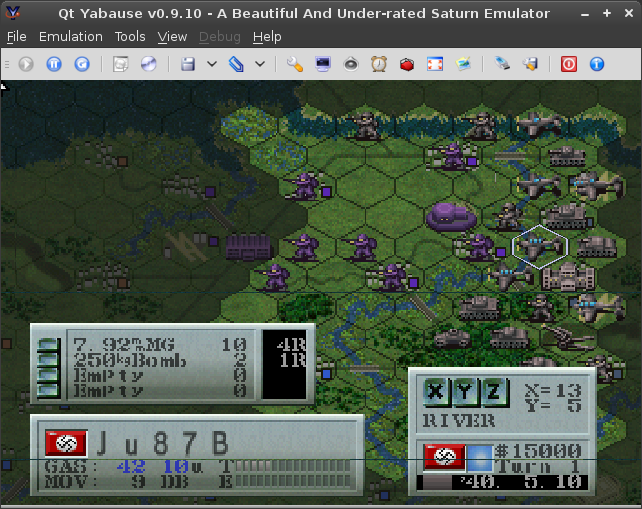

One complaint lodged against earlier games in the series was its linear nature, but that's been tossed out the window in Scorched Earth. In addition to a mini-campaign that serves as a short tutorial introducing you to the game's command and control system, there are four campaigns split evenly between the Russian and German forces: The Guderian and Zhukov campaigns span the length of the war, while the Manstein and Konev campaigns are smaller and take place in the middle of the conflict. And that's where SSI has decided to focus its attention in Panzer General III: Scorched Earth.Īlthough Panzer General III offers plenty of single scenarios that players can jump into and play right away, its heart and soul is the campaign system. But the line has been, first and foremost, about tanks - and no conflict in history has revolved more around armored warfare than the Eastern Front campaign of World War II. It wasn't the first time a wargame had used a "what if?" paradigm, but no other game before it had been based on the concept.ĭespite the name, all the titles in the Panzer General line let you control a variety of units. Wargamers weren't bound by the rigid boundaries of past events: By crushing an opponent, they could prove Mussolini's dictum that "Men make history!" (and consequently disprove Hitler's rather passive reply that "History makes men").

Larger images in galleryĪnd it certainly didn't hurt that SSI gave the game a role-playing flair by proportionately linking your success as a battlefield tactician to the number of troops and units you could take into the next battle. There are undoubtedly many factors that contributed to the success of Panzer General and its sequels, but no one can dispute the fact that the ease of play and smooth learning curve were major factors in its popularity. When it released in 1994, it became one of the best-selling PC-based wargames of all time - in spite of the fact that its interface, graphics, and gameplay all were aimed squarely at wargaming greenhorns. Soon the board wargaming craze spiraled downward, and while its demise had many causes - the success of Dungeons & Dragons, the advent of computer wargames (no more fumbling with unit counters), the aging of its core fan base - some blame must be placed on the fact that a lot of potential players didn't want to invest a significant portion of their lives learning resupply rules or special movement restrictions.Įvidence of this phenomenon can be found by looking at the history of the Panzer General line.
GAMES LIKE PANZER GENERAL MANUALS
Larger images in galleryįor players who relished the simple gameplay and rich challenges of head-to-head competition in games like Stalingrad, Gettysburg, and Richthofen's War, the burgeoning tomes that were passed off as manuals were about as inviting as a firing squad. But as the genre's popularity grew, so did the complexity of the games, presumably in response to the demands made by hard-core fans who wanted the games to be as accurate as possible.

enjoyed phenomenal success by simulating every significant conflict known to man. Fueled by the hunger of an almost exclusively male audience who wished to refight the epic battles of history, companies such as Avalon Hill and Simulations Publications Inc.

Although historically based board wargames originated in the 1950s, it was during the '70s that the hobby reached the zenith of its popularity.


 0 kommentar(er)
0 kommentar(er)
